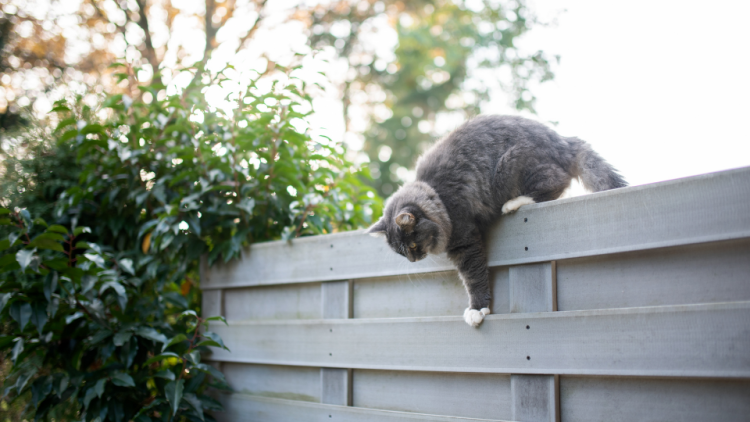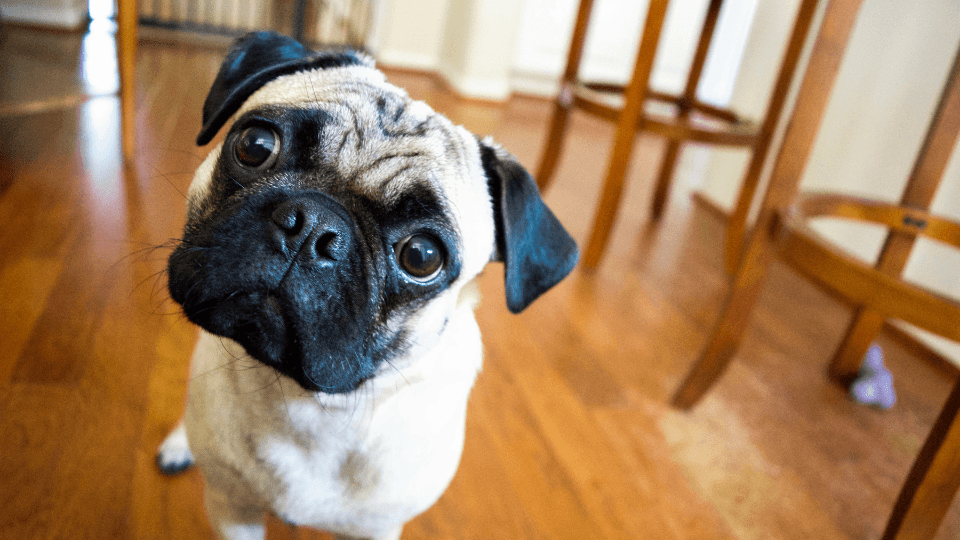When you hear something over and over again, it can be easy to fall into the trap of believing it’s true. Unfortunately, many myths are spread around this way.
Today, we’re going to break down the top 10 pet care myths and why they are not true, despite popular belief.
1. Dogs Eat Grass When They Have an Upset Stomach
Many pet parents believe that their dogs eat grass to force themselves to vomit when they have an upset stomach. Others believe that dogs eat grass to fulfill a nutritional deficiency.
However, neither of these reasons were found to be true.
A survey of over 1,500 pet parents found that only 8% of dogs showed signs of sickness before consuming grass and only 22% of dogs that ate grass vomited afterward, indicating that this is not a reliable way for a dog to make themselves vomit.
So why do dogs eat grass then?
Scientists believe that dogs and cats may eat grass due to biological reasons. For example, eating grass could have helped wild dogs and cats purge their bodies of parasites.
Despite this, we still wouldn’t recommend letting your dog eat grass. Both for your yard’s sake and the possibility that your pup could consume chemical treatments on your grass.
2. Cats Only Purr When They're Happy
This myth has some truth to it. Cats frequently purr when they’re happy.
However, cat purrs are also a soothing noise that your cat may use to comfort themselves when they feel fear or pain. Mama cats may also purr to soothe their kittens.
3. Your Dog's Mouth Is Cleaner Than Your Own
This one might come to mind when a pup covers you in kisses, or after sharing a bite of your food.

Unfortunately, dog’s mouths are no cleaner than the average human’s mouth. This is because both human and dog mouths have millions of bacteria and microbes. Studies have found that both humans and dogs have around 600 types of bacteria in their mouths simultaneously.
Now, if you love puppy kisses (and don't we all?), that's totally cool. Just know that dog’s mouths are around the same level of cleanliness as ours in terms of how much bacteria they have.
4. Cats Can See in the Dark
This myth has some truth to it.
If you were to block all light, your cat would be unable to see. However, cats do have better vision in low light conditions when compared to humans. For example, a cat will be able to see better on a moonlit night than a human.
According to Cat’s Protection, a cat’s improved night vision is a result of having more light receptors, otherwise known as rods, in their eyes. The rods allow them to be more sensitive to any available light and see better even with very little light present.
5. Dogs Are Colorblind
It’s long been thought that dogs are colorblind. However, recent studies have disputed this. According to the American Kennel Club, dogs can see yellow and blue hues.
Unlike humans, dogs have more rods in their retinas, allowing them to see better in low light settings. In contrast, humans have more cones in their retinas, which allows for a greater spectrum of color perception.
Dogs see far fewer colors than us but can see better at night and in low light conditions.
Based on the colors we believe that dogs can see well, it’s recommended that next time you’re shopping for a new toy for your pup that you select one that is yellow or blue.
This difference in their vision may be the reason why dogs favor bright yellow tennis balls!
6. Cats Always Land on Their Feet
Cats will usually land on their feet due to their highly flexible backbones and ability to correct how they’re falling midair, which is also known as a “righting reflex.”
Unfortunately, cats don’t always land on their feet, and it should never be assumed that they will land on their feet. Animal hospitals see many cats every year that do fall from considerable heights that are gravely hurt, and many unfortunately do not recover.
Blue Cross for Pets recommends keeping all of your windows shut and attaching mesh to windows and balconies to prevent your cat from falling.

7. A Warm, Dry Nose Means Your Dog Is Sick
It would be wonderful if we could tell instantly if our dog was feeling under the weather based on the temperature of their nose. However, sick dogs can have warm or wet noses.
There is a little truth to this statement, as wet noses allow a dog to smell better, but a warm nose doesn’t necessarily mean that your pup is ill.
The American Kennel Club explains that a few things could be the cause of a warm nose, including:
- Old age
- Napping - dogs aren’t licking their nose while they sleep, which may result in a drier nose.
- Dehydration - especially after exercising.
- Exposure to heat, cold, or wind.
- Cats Are Nocturnal Animals
Many cat parents assume that cats are nocturnal animals because they have been, unfortunately, woken up by their cat’s nighttime antics.
Cats do seem to prefer nocturnal activities, but they are not genuinely nocturnal animals. Instead, they are classified as crepuscular animals.
Crepuscular is a term used to describe animals that are most energetic at dawn and dusk. Many cats fall into this category because they lay low during the night when they would be more vulnerable in the wild and become more active as there is more light during dawn and dusk.
The exception to this is kittens, who often have so much energy that they may run around all night! In that case, we recommend trying to tire your kitten out with a good playtime session before you go to bed.
Spaying female cats is also hugely important to keeping your cat quiet at night as unspayed female cats have high levels of hormones that can lead them to vocalize in the middle of the night to attract mates.
We don’t know about you, but a midnight serenade by our cat doesn’t scream a good night’s sleep to us!
9. All Human Foods Are Off Limits
It can be hard to resist those big puppy dog eyes or a slight nudge of the head from your feline friend when they’re eyeing something you’re snacking on. But it’s important to be judicious about which foods you share, as some things that are perfectly suitable for humans are highly toxic to pets.
Fortunately, not all human foods are off-limits for cats and dogs -- many fruits and veggies can make for delicious, nutritious treats, with crunchy textures that many pets love to chew on. Be sure to check out our list of foods dogs can eat and a list of foods cats can eat
10. Puppies and Kittens Can Drink Milk
Like many humans, puppies and kittens can be lactose intolerant, which can cause a host of problems if they consume milk. Per Vetwest, a small handful of puppies and kittens will be lactose tolerant and can consume milk products. However, if you notice any signs of an upset stomach or diarrhea, immediately stop giving them milk or dairy products.
As a general rule, it’s best to skip giving your pets milk products. If your puppy or kitten is too young to be eating solid foods, they should be getting milk directly from their mother or from veterinary approved canine or feline milk replacement formula. Once they are old enough to transition to wet or dry food, they no longer need milk and you don’t need to supplement with cow’s milk from the grocery store. However, if you do intend to give milk products to your puppy or kitten, consult with your veterinarian first to ensure that it will not impact their growth, nutrition or any medications.
We hope this piece cleared up some common pet care myths for you! Which of these pet care myths did you still believe?
